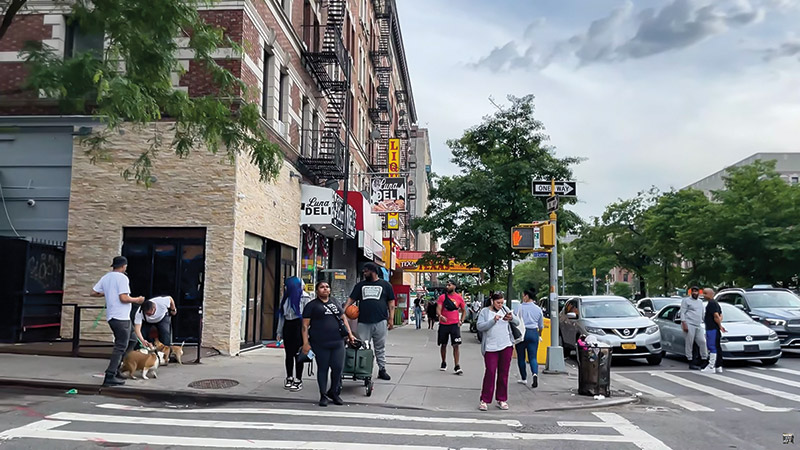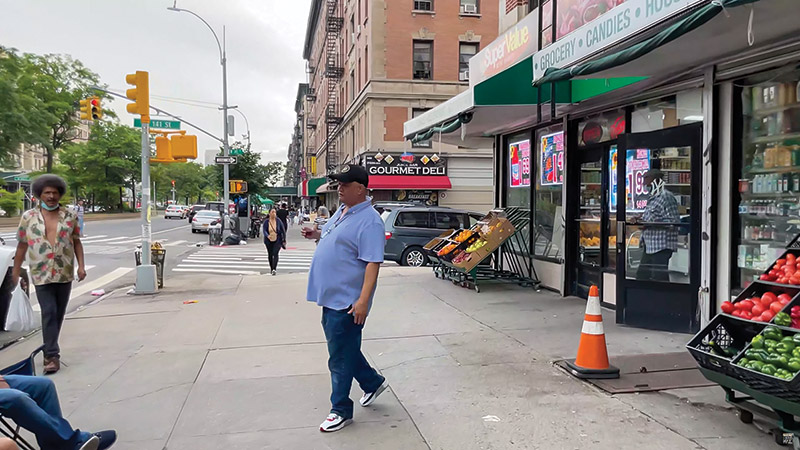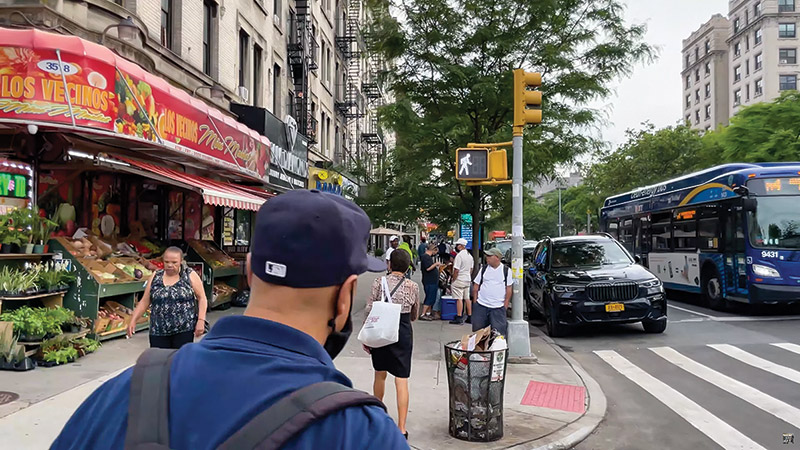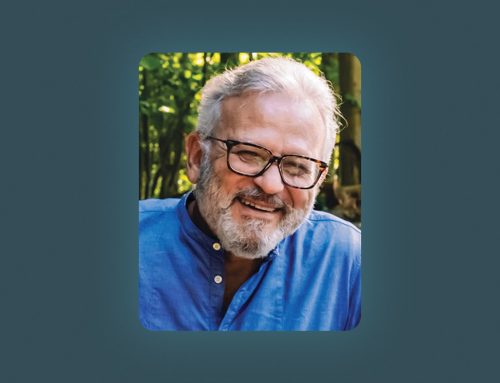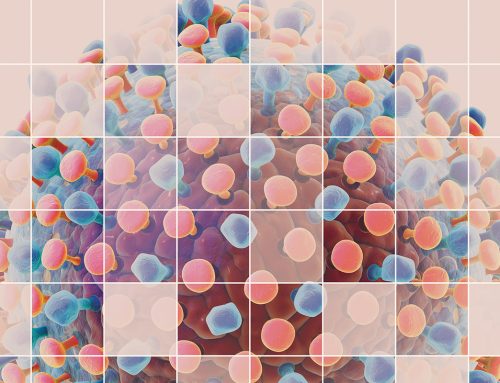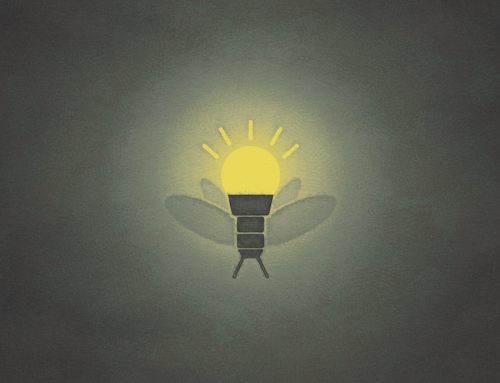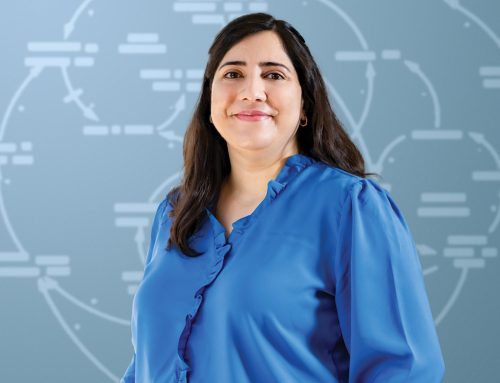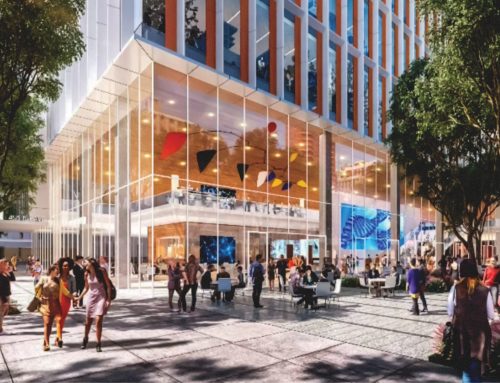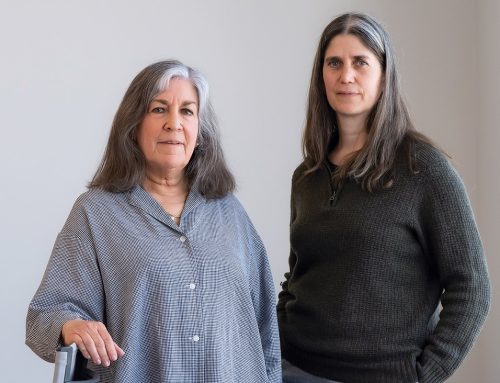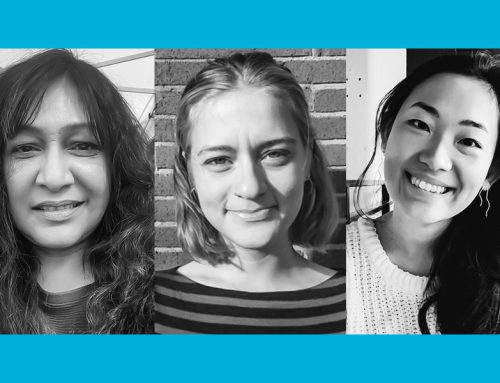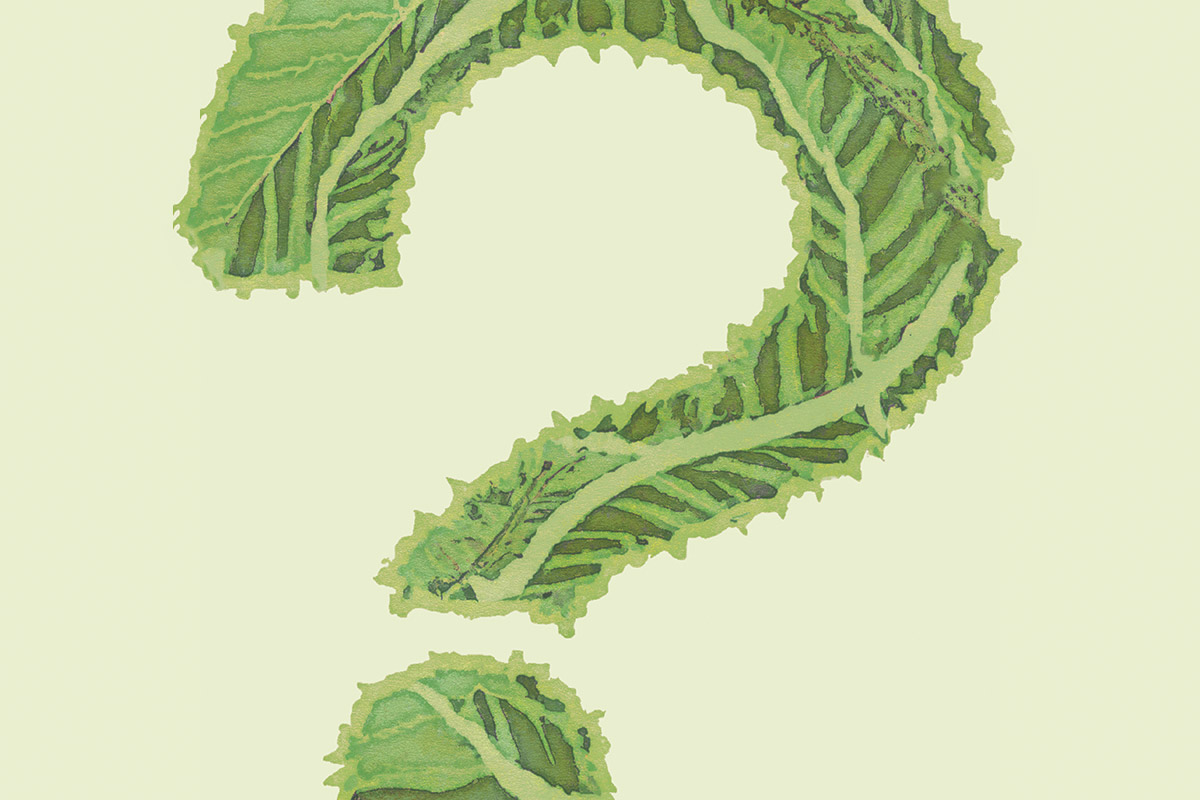
As part of its Marihuana Regulation and Taxation Act (MRTA), which legalized adult possession and use of marijuana and created a pathway for recreational sales, New York State will grant the first retail dispensary licenses to individuals with documented marijuana offenses. This provision will ostensibly bring revenue, equity and restorative justice to people and communities historically impacted by racially charged drug laws.
Yet this bold new law, which has thus far granted only provisional retail licenses, has triggered concerns about the potential impact on communities like Harlem, where an oversaturation of tobacco and alcohol outlets have historically undermined public health efforts. Fueling these concerns are the dozens of unlicensed dispensaries that have popped up in neighborhood grocery stores and bodegas since the law passed.
While city and state officials are working to manage the industry rollout in a manner that accounts for historical injustices, public health concerns remain, as cannabis poses demonstrated risk to children, adolescents and pregnant women.
To address these concerns, Assistant Professor Sean Haley, Harlem Health Initiative Director Deborah Levine and CUNY SPH students Ashima Mahajan and Tomisha Hicks launched an exploratory, multi-year study to assess community perceptions of the potential health, social and economic benefits and harms of cannabis, as well as perspectives about justice, racism and discrimination. The study will create a baseline of information to help the researchers and Harlem residents better understand how the legalization of cannabis might impact their community.
“Reliable data is the bedrock of any good public health program design, implementation and evaluation,” says Majahan. “I have heard from many people that there is a proliferation of unlicensed smoke shops that sell cannabis in Harlem. But without actual data, it is difficult to highlight the gravity of the situation. That’s what this study is doing, bringing clarity with data that would inform future interventions.”
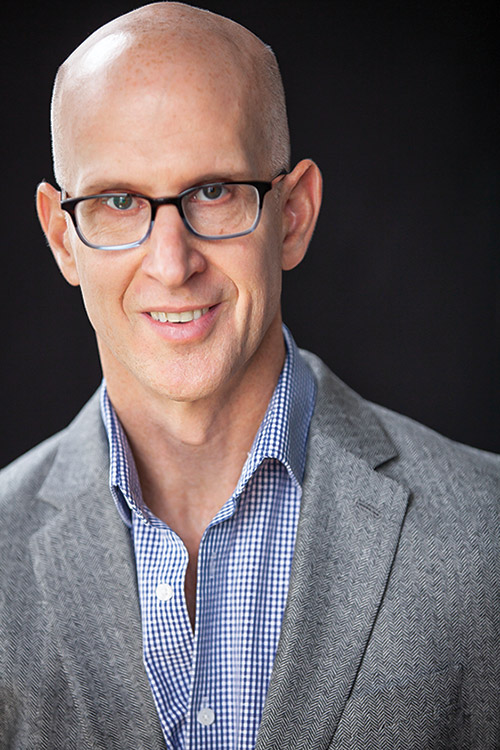
Sean Haley
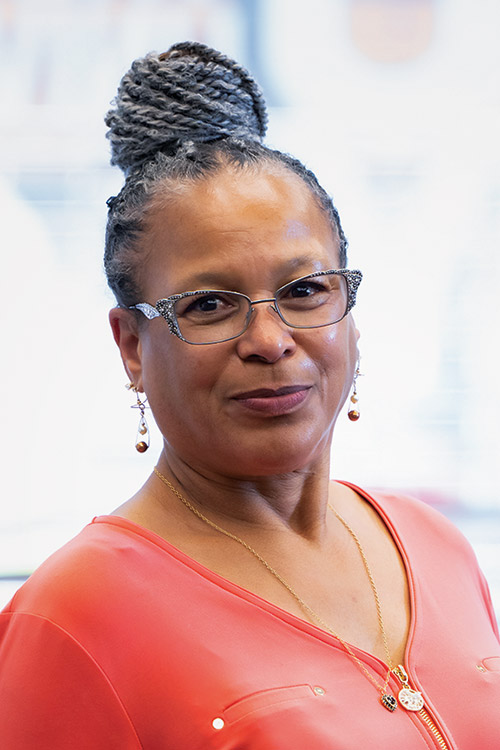
Deborah Levine
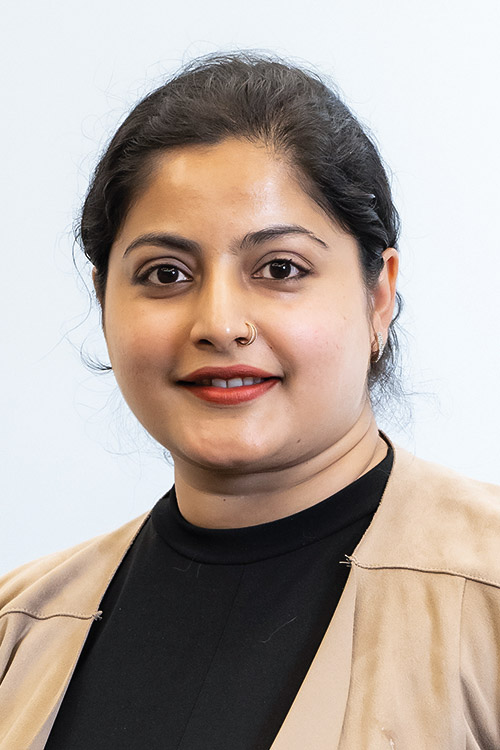
Ashima Mahajan
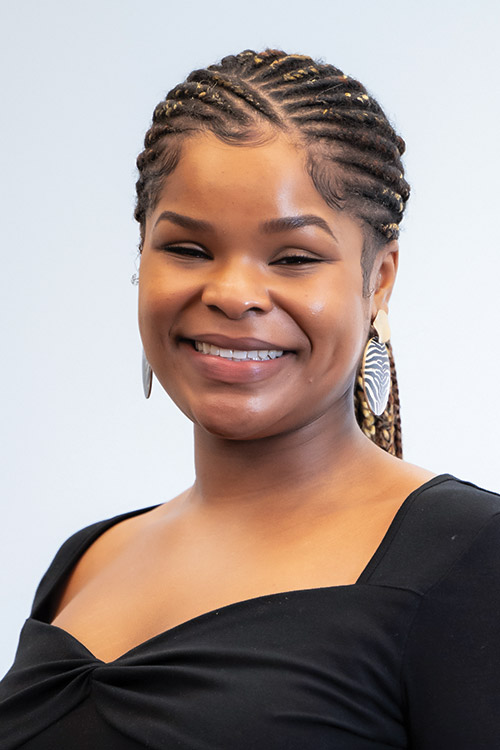
Tomisha Hicks
The cannabis law
Federal law prohibits the manufacture, distribution, dispensation, and possession of cannabis, which it classifies as a Schedule I drug, meaning it has no currently accepted medical use and a high potential for abuse. This classification, along with cannabis law enforcement, for years contributed to structurally racialized disparities and inequities, especially among Black, Indigenous and People of Color through arrests and convictions, taking a serious social, economic and psychological toll on communities.
New York’s MRTA makes it legal for adults aged 21 and older to possess up to three ounces of cannabis and up to 24 grams of concentrated cannabis for personal use. In addition to wiping cannabis convictions from individuals’ records, the law created the New York State Seeding Opportunity Initiative, which prioritizes 50% of the first licenses to operate legal adult-use retail dispensaries and sell cannabis products grown by New York farmers for individuals and communities who were disproportionately affected by cannabis criminalization, including minority-, women-, service-disabled veteran owned businesses, distressed farmers and nonprofit organizations that support the formerly incarcerated. The law also waives, reduces or defers license fees; awards grants to nonprofit and community-based organizations in communities that suffered disproportionately from cannabis prohibition and develops and implements statewide public education campaigns and substance use disorder treatment programs for youth and adults.
Even though the Cannabis Control Board, the regulatory arm of the MRTA, has approved numerous provisional licenses, only a scattering of recreational dispensaries exist. Thus, there is a sizeable knowledge gap about how a sanctioned cannabis marketplace might affect communities like Harlem.
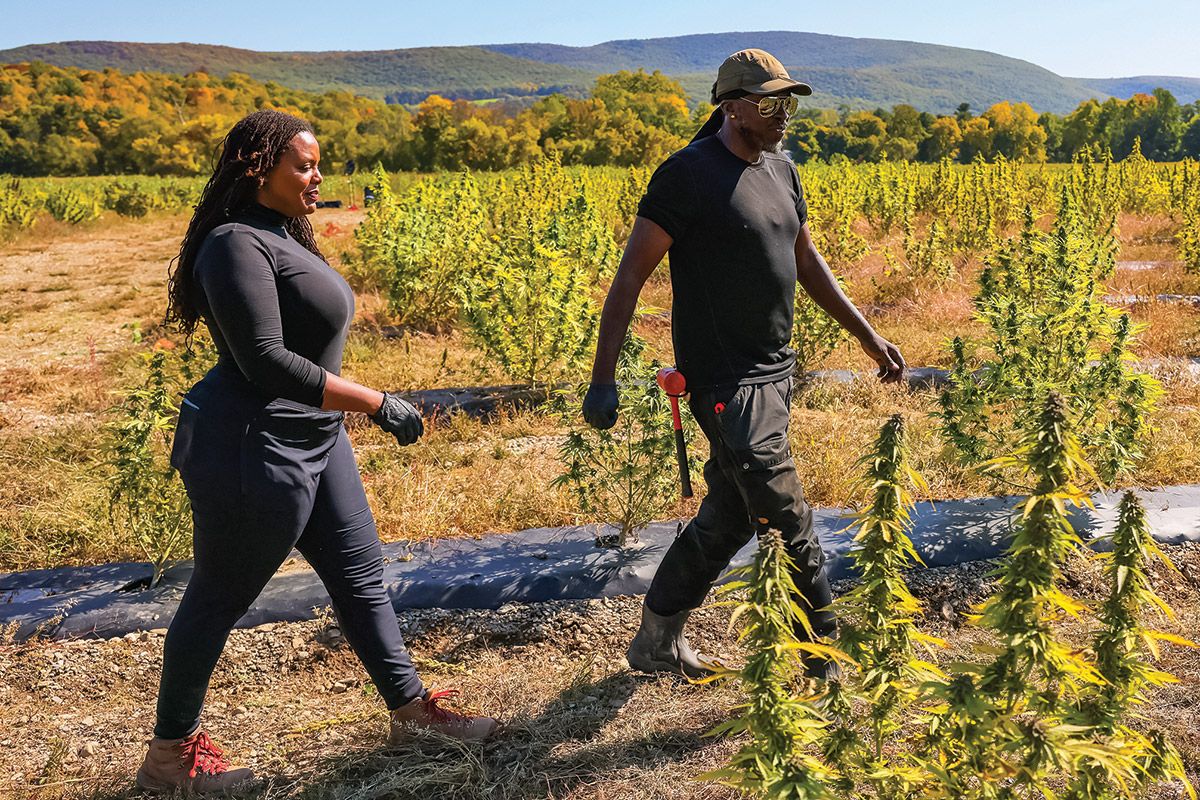
Jasmine Burems and King Aswad, co-owners of Claudine Field Apothecary farms in the Hudson Valley, walk through their farm as they give a tour to the NYS Office of Cannabis Management (OCM). The farmers received a Conditional Cultivation license and are one of the first Black farmers in the legal adult-use cannabis industry. The OCM was created following the passing of the Marijuana Regulation and Taxation Act in March, 2021. The office upholds a framework for the production, licensing, packaging, marketing, and sale of cannabis for both medical and adult use in New York. (Photo by Michael M. Santiago/Getty Images.)
“Part of the public health concern about authorizing cannabis dispensaries comes from what we have learned about tobacco and alcohol, especially the relationship between greater availability and early use by young people whose brains are still forming,” Haley says. “The relationship between alcohol outlet density and harms is another part of the concern. Now that cannabis is legal, what number of dispensaries per population represents a tipping point? And how does greater cannabis availability interact with increasing alcohol availability or tobacco, especially in neighborhoods that have been over-saturated?
To kick off the study, Haley enlisted his Policy Analysis students to assess how the MRTA compared to evidence-based public health practices gleaned from other states and conduct key informant interviews and equity analyses to devise a policy brief with recommendations. In a subsequent course, Holly Anger and Brittany Nkashama, students from the Survey Methods class, developed a survey instrument that included items about perceptions of equity, discrimination and cannabis use and its perceived pros and cons.
Hicks serves as project manager and liaison between the CUNY SPH study staff and the community boards and nonprofit organizations they are interviewing, while Mahajan curates the data.
“Right now, there is a lot of misunderstanding about what cannabis legalization looks like,” Hicks says. “What is a legal dispensary? Where can they be located? What kind of advertising can go on a package of cannabis? Will these perceptions change over time?”
After collecting initial data—survey findings about community perceptions of cannabis—the study will observe how it changes once legal dispensaries are in place and operating.
“A huge part of New York’s cannabis legislation is the social and economic equity piece, giving back to these communities by granting them dispensary licenses as well as through tax revenue,” Hicks continues. “Over time, this study will show what happens when we actually do the work of giving back to communities and how they can be revitalized. What will crime and economic growth in Harlem look like over time? This study will inform social and equity policy and even how government creates the policy.”
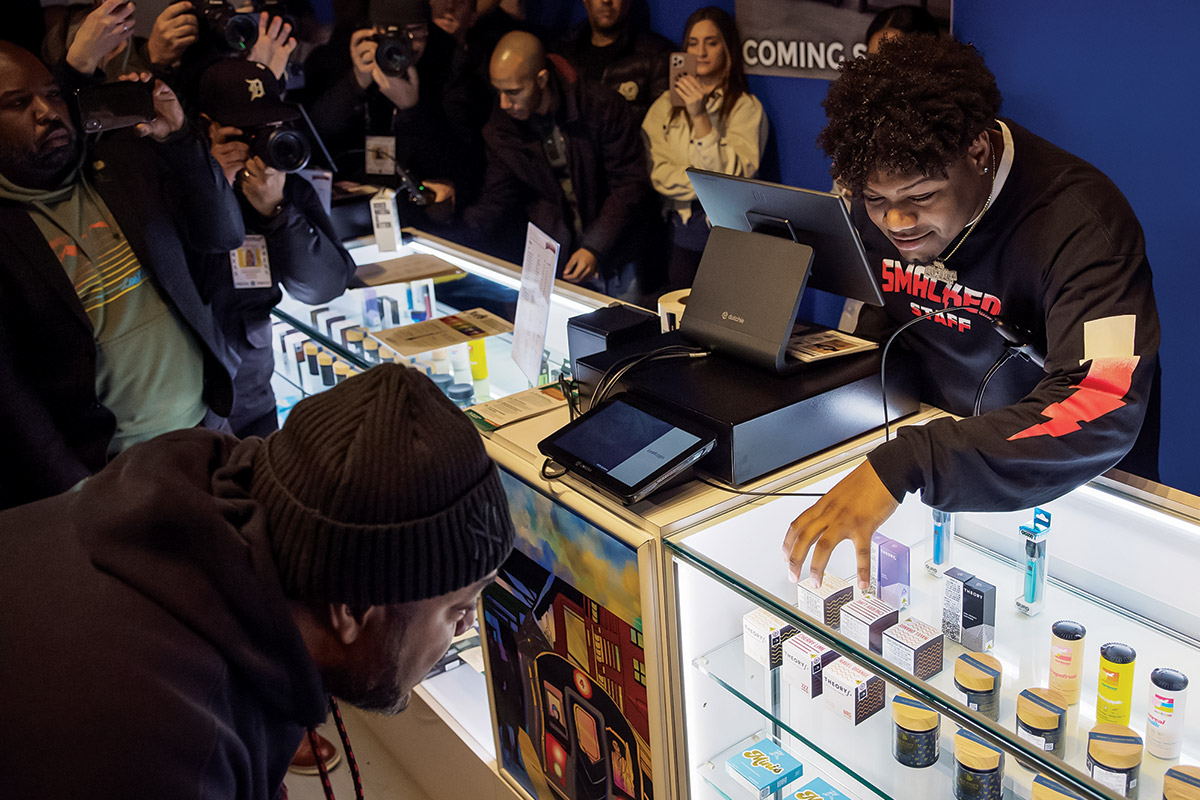
Smacked Dispensary NYC’s owner Roland Connor is shown products by his son Darius Connor as he prepares to make the store’s first purchase on January 24, 2023 in New York City. Smacked Dispensary NYC is the second legal recreational cannabis dispensary to open in NYC after its owner Roland Connor was granted a Conditional Adult-Use Retail Dispensary. The dispensary is also the first to be owned by a person with a prior marijuana conviction. (Photo by Michael M. Santiago/Getty Images.)
The Cannabis Consortium
In light of New York’s new law, the Harlem Health Initiative (HHI) at CUNY SPH, under the leadership of Director Deborah Levine, saw a need for partnership among community groups, elected officials, and academic institutions to develop avenues for community-responsive cannabis education and resources. Together with the Manhattan Boro President’s office, Manhattan Community Board 10, the Harlem Business Alliance, the nonprofit Marcus Meets Malcolm and the for-profit FOY, CUNY SPH students and faculty founded the Cannabis Consortium to meet these goals and, most importantly, to ensure that Harlem community members are at the forefront of cannabis conversations. Together these players are working to understand Harlem neighborhood cohesion, community perspectives, and community health related to cannabis, by way of scientific research, webinars, workshops, and community outreach. This work will inform development of education and resources for community groups, help legislators understand saturation of cannabis dispensaries in Harlem, encourage collaboration among groups for advocacy efforts, and ensure equity and community voices are prioritized in cannabis legalization work.
“What has made this project a success so far is the exchange of in-kind contributions between the CUNY SPH staff, partners, and graduate students,” says Levine. “These in-kind contributions aid in improving the sustainability of the project in various ways. By working on the project, graduate students bridge the gap between theory and practice by applying the public health knowledge and skills learned in the classroom in the real world.”
In the Cannabis Consortium, students gain real-world exposure to the collaborative process with the community by working with the projects partnerships to develop key deliverables that will be used by the community. The project enables students to recognize firsthand the historical impact of power and its subsequent systems have on the social determinants of health of marginalized communities.
The Gil Addo Harlem Health Fellowship
Sponsored by RubiconMD CEO and co-founder Gil Addo, the Gil Addo Harlem Health Fellowship gives CUNY SPH students the opportunity to engage with the community through outreach for a variety of community-based research projects and initiatives under the Cannabis Consortium umbrella. Working as project managers for the Cannabis Consortium, fellows can streamline their data gathering, analysis, database assembly, and database management skills. Fellows support and communicate directly with community partners, assist with research on health and wellness indicators for Harlem, and develop health communication materials.
“The role of the fellows as project managers has been extremely crucial to the project and the student’s workforce development,” Levine says. “Acting as a liaison between the project and community members, leaders, organizations, elected officials and other capstone students, fellows monitor project progress, encourage collaboration between stakeholders, and participate in community outreach events.”
To graduate with an MPH in Community Health and Social Sciences at CUNY SPH, students must complete a two-semester long Capstone project based on experiential education. The Capstone students are a crucial group to the success of the Consortium, Levine says.
“They have played an integral role in mapping Harlem’s current landscape of cannabis dispensaries and developing surveys for community members and will conduct research to understand community-level impacts of cannabis on neighborhood and individual health,” she says.
By centering community engagement principles in their work, the students learn the history of cannabis and cannabis-
related laws in Harlem and their impact on public health, how to center community members in public health work, methods for advocating for equity in public health, and how to be flexible and adaptive when working with many stakeholders.
“This work with HHI has guided me to an understanding that the public health knowledge I am gaining can be applied in a variety of ways in a multitude of industries,” says Hicks, a Gil Addo Fellow. “It has also shown me the importance of having public health workforce representation in these industries promoting community collaboration. This subsequently aids in us moving toward our goal of health equity.”
Images captured from a recorded livestream of a walk through Harlem between 145th and 135th streets via Broadway. JUNE 3, 2022 – LIVESTREAM BY YOUTUBE USER @WALKRIDEFLY
